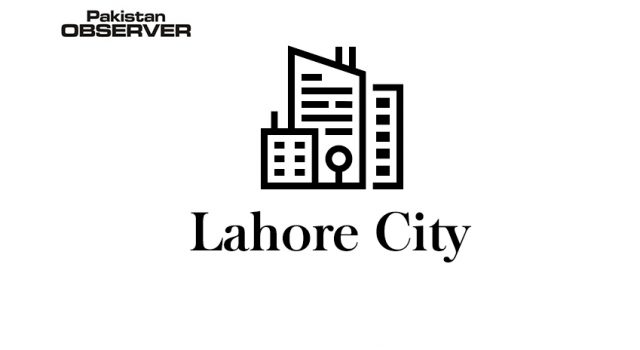The issue of smog has gone worst from bad as the City sky remained clouded with thick and grey smog. This situation has given rise to various ailments among the public, especially among the children.
According to a private Tv channel, the AQI Index of Lahore was recorded above 500 throughout the last week. At one point, the provincial capital was declared the most polluted city in the world as well.
The crisis seems to be tightening its noose around Lahore as the weather changes. Other cities most affected by air pollution include Sahiwal, Faisalabad, and Raiwind.
Special Assistant to Punjab Chief Minister Hassan Khawar has blamed the traffic as the main source of air pollution. “To counter this problem, the government is working on big projects such as more flyovers and underpasses.”
Khawar said that fines of more than Rs3.5 million have been imposed on 7,000 vehicles emitting harmful gases into the atmosphere, adding that the district administration has talked to oil marketing companies to ensure the sale of Euro 5 standard petrol in the upcoming months.
On Monday, the Air Quality Index of 419 was recorded in Lahore early morning. An index of 704 was recorded at 6am in Gulberg, Defence 701, Mughalpura 615, and a 531 index was recorded in Fatehgarh area of the City.
The smog levels remained high in other parts of Punjab as well. An AQI of 384 was recorded in Sahiwal and Faisalabad recorded an index of 365 in the morning.
Due to smog, visibility levels throughout cities were reduced, causing problems for commuters and alarming serious health issues such as flu, cough, throat infection, breathing problem, and chest pain.
According to doctors, more than 100 smog infections are being reported in the province on a daily basis.
Meanwhile, Dr Munawar Sabir, director Centre for Integrated Mountain Research, revealed that his institute has been experimenting with artificial rain for several months and have completed the required arrangements for carrying out the experiment.
He told a private TV channel that they are making artificial clouds by mixing salt and dry ice into water. Once prepared, the rain will be poured down via planes, rockets, and parachutes.
“I am not turning seven skies into clouds. I am just trying to cash those clouds because it’s our duty to utilise them in a useful manner,” Dr Sabir added.
The Met Office has, on the other hand, said that the artificial rain project is very expensive and used in areas completely deprived of natural rain.










